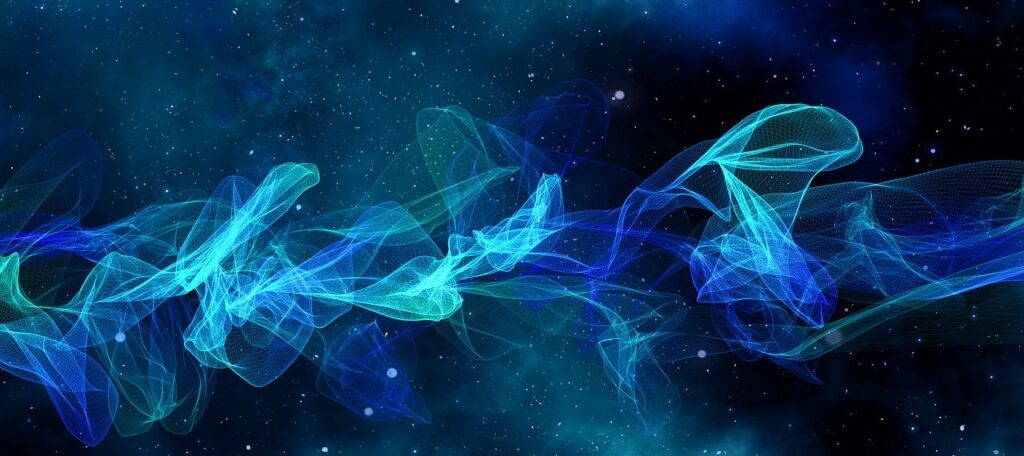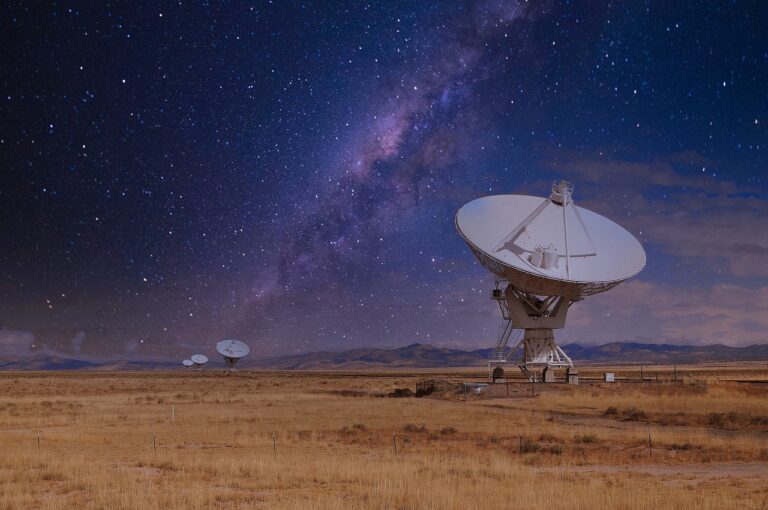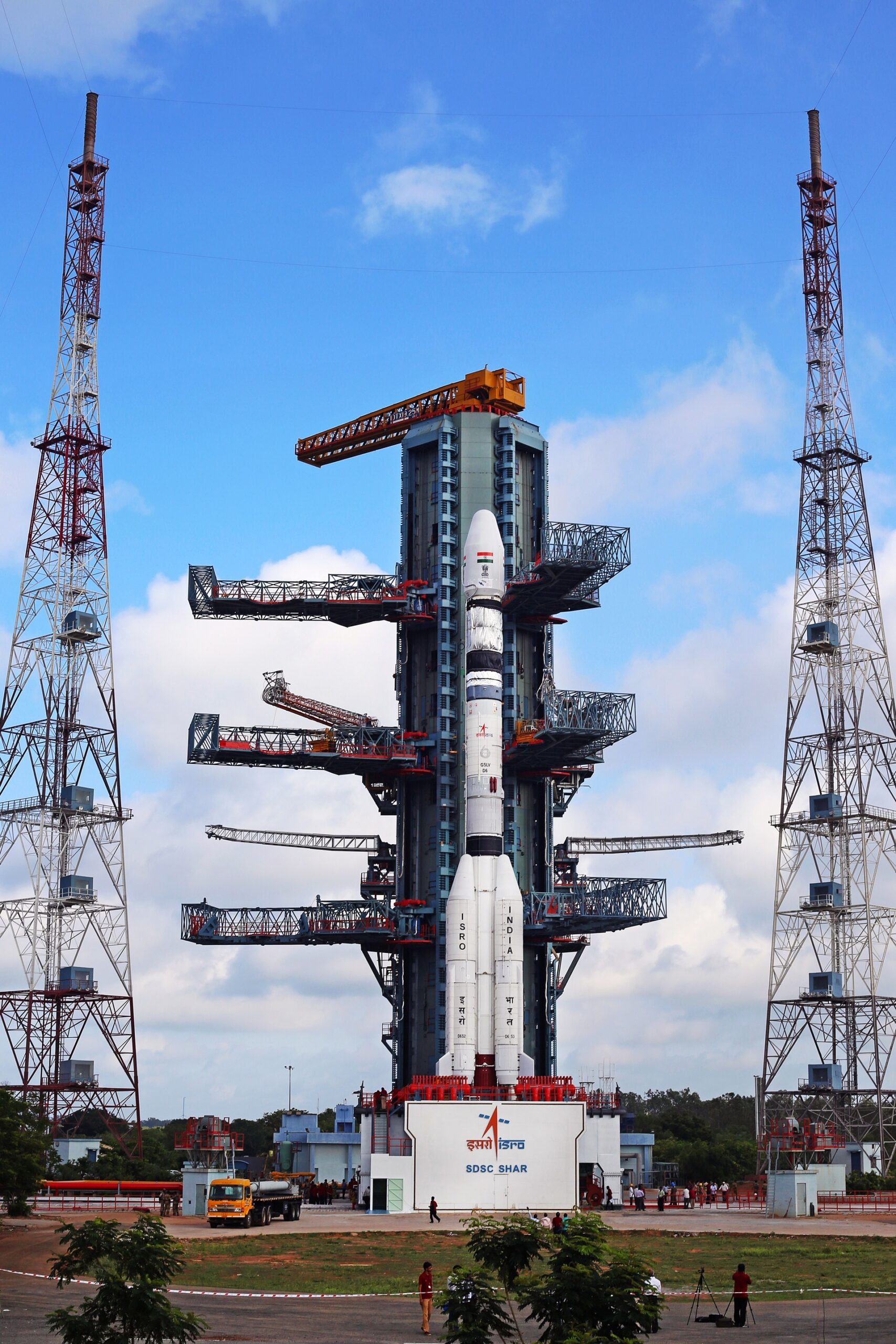Researchers have detected mysterious radio signals from an uncommon dead neutron star known as a magnetar, the most powerful magnet known to man.
Mysterious and very powerful radio waves once detected only outside our galaxy have unexpectedly been identified inside the Milky Way.
Furthermore, researchers have followed these blasts back to an uncommon sort of dead neutron star known as a magnetar, the most powerful magnets known to man.

First discovered in 2007, FRB (Fast Radio Burst) is very difficult to study and more than 100 blasts have been observed across the universe till now. They occur for a concise period, even less than a second. Radio waves can deliver more energy in a couple of thousandths of a second than the sun does in almost a century.
Researchers have many hypotheses about the reasons for fast radio blasts, from alien spaceships to black hole collisions. Numerous theories recommend the blasts came from neutron stars, which died due to explosions such as supernovas.
In particular, past exploration has proposed radio blasts that may occur from an uncommon kind of neutron star known as a magnetar. Magnetars are very strongest magnets in the universe — their magnetic fields can be up to roughly 5,000 trillion times stronger than Earth’s.
Christopher Bochenek, an astrophysicist at the California Institute of Technology in Pasadena said: “A magnetar is a type of neutron star whose magnetic fields are so strong, they squish atoms into pencil-like shapes.”

Researchers had suspected magnetars may produce blasts because earlier work found that magnetars could erupt huge flares of gamma rays and X-rays. These big flares “have a very short duration, a hard spike that lasts for milliseconds, and that is the duration of FRBs,” said Bing Zhang, an astrophysicist at the University of Nevada, Las Vegas.
In the new investigations, researchers announced that on April 28, two radio telescopes — the Survey for Transient Astronomical Radio Emission 2 (STARE2) in California and Utah, and the Canadian Hydrogen Intensity Mapping Experiment (CHIME) radio telescope in Okanagan Falls, Canada — identified a fast radio burst named FRB 200428.
The researchers pinpointed the blasts to a magnetar known as SGR 1935+2154, situated around 30,000 light-years from Earth towards the center of the galaxy in the star Vulpecula. This is the nearest known FRB to date. This discovery paints the image that a few, and maybe most, outburst erupts from different galaxies also originated from magnetars.”

Bing Zhang, an astrophysicist at the University of Nevada, Las Vegas, noted that there are two sorts of types of quick radio blasts — ones that consistently create FRBs, and ones that produce FRBs less frequently. If the two kinds of fast radio burst sources are found among magnetars, that proposes two different types of magnetars may exist: One is the sort of magnetar found in the Milky Way, which rarely produces FRBs, and the other is more dynamic, and maybe comprising of recently born, quickly rotating magnetars.
“We were able to determine the rate of these bright bursts from magnetars is consistent with the known rate of extragalactic fast radio bursts,” Bochenek added. “This discovery, therefore, paints the picture that some, and perhaps most, fast radio bursts from other galaxies also originate from magnetars.
* The information provided herein is, to the best of our knowledge and is only for informative purpose. If you have a news update or correction, let us know at -info@garudauniverse.com





Is it dangerous to have so many rockets piercing the atmosphere? Why is chlorine used in pools if it harms to atmosphere and could be substituted with salt?